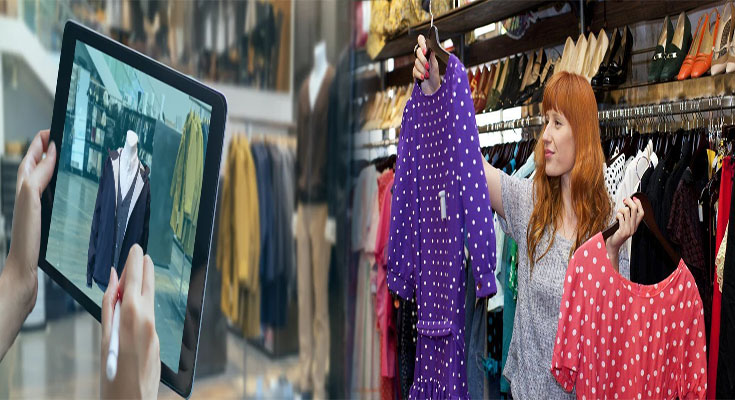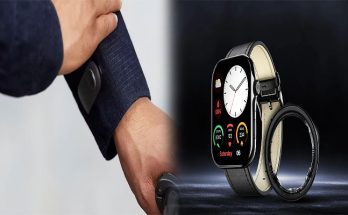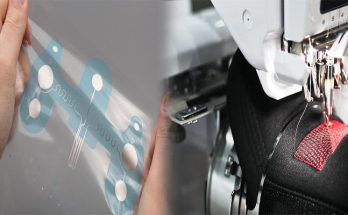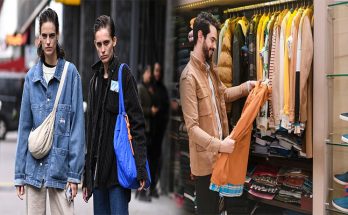The fashion industry has witnessed a remarkable transformation over the years, driven by advancements in technology. One significant innovation that is revolutionizing the way we think about fashion is smart clothing. Smart clothing, also known as e-textiles or smart textiles, refers to garments and accessories embedded with sensors, electronics, and other interactive technologies. In this article, we will delve into how smart clothing is reshaping the fashion industry and unlocking new possibilities for creative expression.
Enhanced Functionality and Performance
Smart clothing goes beyond traditional fashion, incorporating technology to provide enhanced functionality and performance. With sensors and embedded electronics, these garments can monitor vital signs, track movement, and even improve athletic performance. For example, fitness enthusiasts can now wear smart shirts that measure their heart rate, track calories burned, and provide real-time data to optimize their workouts. This blend of fashion and technology introduces a new dimension to clothing, empowering individuals to achieve their fitness goals with style.
Sustainable and Ethical Fashion
The fashion industry has been criticized for its environmental impact and questionable labor practices. However, smart clothing has the potential to address some of these concerns by promoting sustainable and ethical fashion. Smart textiles can be designed with eco-friendly materials, reducing the industry’s carbon footprint. Additionally, the integration of technology allows for efficient supply chain management, reducing waste and supporting fair labor practices. By embracing smart clothing, the fashion industry can strive towards a more sustainable and ethical future.
Fashion and Personalized Expression
Smart clothing is blurring the lines between fashion and technology, offering a wide range of opportunities for personalized expression. With embedded LEDs, programmable patterns, and custom animations, smart textiles enable wearers to express their personality and unique style. This fusion of fashion and technology allows individuals to create interactive and dynamic outfits that reflect their creativity and individuality. From light-up dresses to color-changing accessories, smart clothing offers a new form of self-expression and opens the doors to a world of limitless fashion possibilities.
The Future of Retail and Consumer Experience
Smart clothing is not limited to just wearable technology; it is also transforming the way we shop and experience fashion. With the integration of technology, consumers can now have virtual fitting rooms, where they can try on outfits virtually without physically being present in a store. This technology utilizes augmented reality to create a seamless and immersive shopping experience, helping consumers make more informed purchasing decisions. Additionally, smart clothing can interact with smartphones and other devices, allowing users to customize their garments, receive personalized recommendations, and stay connected to their digital world.
Challenges and Opportunities
While smart clothing offers immense potential, there are still challenges to overcome. The integration of technology into garments requires careful design and engineering, ensuring comfort, durability, and washability. User privacy and data security are also important aspects that need to be addressed to build trust among consumers. Additionally, the cost of smart clothing remains relatively high, making it less accessible for mass adoption. However, as technology continues to advance and more companies invest in research and development, these challenges can be gradually overcome, opening up new opportunities for smart clothing in the fashion industry.
Smart clothing is revolutionizing the fashion industry, bringing together fashion and technology to create truly innovative and functional garments. From improved performance and personalized expression to sustainability and enhanced retail experiences, smart textiles are transforming how we interact with clothing. As the fashion industry continues to embrace technology, we can expect to see more exciting developments and a future where fashion and technology seamlessly coexist, inspiring new trends and empowering individuals to express themselves in unique ways.





